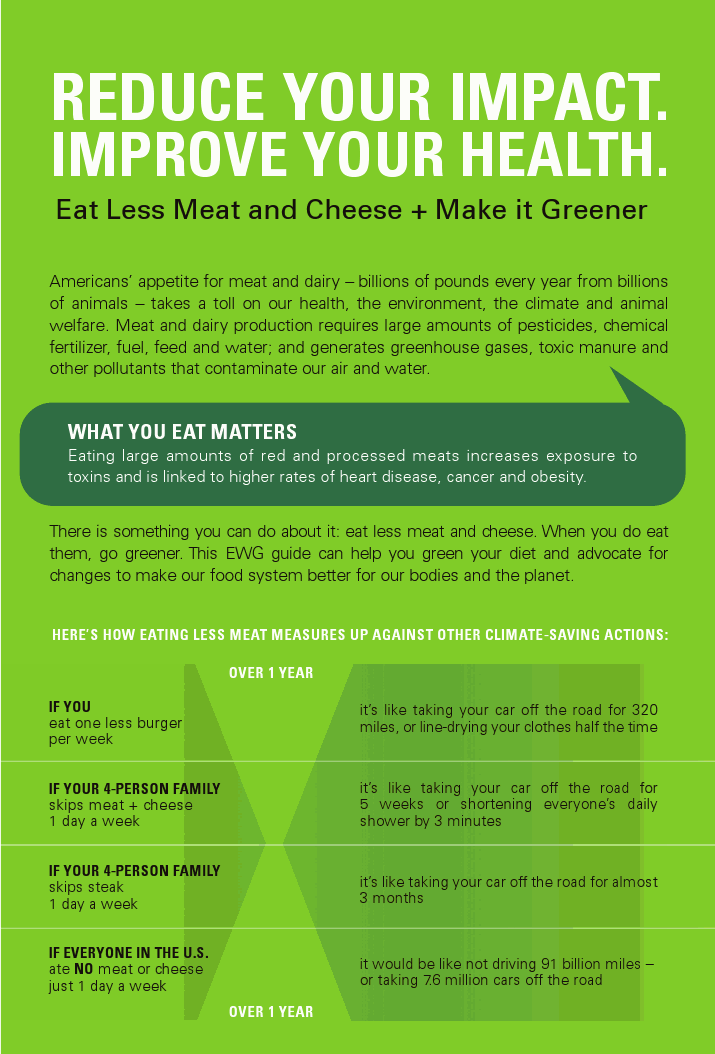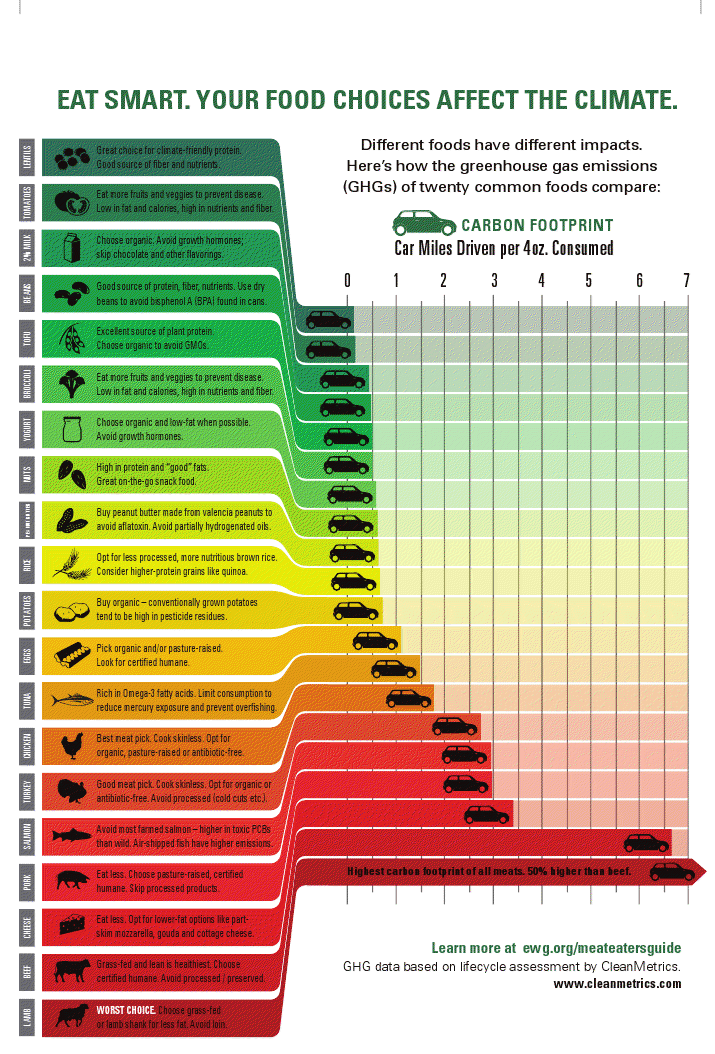At the Pegasus Systems Thinking in Action Conference this year, a cross-sector community represented by nearly 500 people from each continent gathered to connect, learn, and reflect in regards to the session theme: “Fueling New Cycles of Success.”
We all know in our bones what it’s like to find inspiration from leading thinkers. We follow their books, talks, ideas – seeking to absorb their insights into our own, apply their provocations to our best intent and action.
But to recently scribe for some of the people who are most influential to my own facilitation practice brought a kind of mental model and process high. This feeling, combined with a series of truly gut-reaching questions, leads me to share highlights here – so the word can spread and take root in as many concerned global citizens as possible.
Here are some threads of particular relevance to the whole of our work:
Daniel Kim, founder of Pegasus and acclaimed systems thinker, opened the conference with a 3rd Generation Leadership Challenge: “What does it mean to be fully human? What does it mean to be truly free?” He proposed we transcend our current conditions with the very same tools and technologies we have used to bring us to this place. We transcend with choice, with attunement to primary purpose and core values.
Dayna Baumeister brought the room to life with a talk on biomimicry, presenting an incredible display of nature’s finest instructors, through images of nooks and crannies often overlooked by the naked eye. She put forth the questions: “What if we cried for help? What would nature say?” Principles for living in harmony with the planet include: 1) be locally attuned and responsive, 2) be resource efficient, 3) use life-friendly chemistry, 4) integrate growth with development, 5) adapt to changing conditions, and 6) co-evolve to survive. She ended with a plea: “Look at nature! Crouch and be curious!”
Andy Hargreave presented his thinking on The Fourth Way: The Inspiring Future for Educational Change. His research-based evidence in business, sports, and schools form into “15 F’s” leaders will need in order to perform beyond expectation: fantastic dream, fear, fight, fundamental futures, firm foundations, fortitude, counter flow, fast & fair tracking, feasible growth, high fidelity, fraternity, flair-flow-flexibility, fallibility, friendly rivalry, and fusion leadership. “Inside moral cohesion, it’s time for a knowledge economy of skills.”
Frances Moore Lappé, world hunger and poverty expert and author of Diet for a Small Planet, suggests we are co-creators in a living democracy, brimming with “eco-mind” participants. “Our actions can reverse causal patterns” by reframing a Spiral of Powerlessness into a Spiral of Empowerment, with a premise of “plenty of goods and goodness.” We can ride the energy of fear for good cause, rather than let it keep us captive in locked patterns of harm. Qualities to cultivate will include: empathy, cooperation, a sense of fairness, power efficacy, purpose, and imagination. For the full Spiral, visithttp://www.gettingagrip.org and navigate from the book cover to the spiral image. It’s worth it.
Composer, author, and recent filmmaker Robert Fritz expanded on ways underlying structures determine behavior, either oscillating (back and forth continuous loops that never really make consequential difference) or advancement (true change.) In the case of great leadership, short-term plans to increase today’s profit do relieve tension in a system; but a leader must have true vision and an ability to invest in infrastructure to insure long-term interest and ongoing growth. Without these qualities, and without embracing forces at play within a creative process, “You can solve all your problems and still not have what youreally want.”
Finally Peter Senge, author of The Fifth Discipline, co-author of The Necessary Revolution, and founding chair of the Society for Organizational Learning, sent the room on its way with a powerful question: “What is the relationship between life and consciousness?” We center into this through a collective heart, accessed by gathering like-minded souls. Citing colleague Otto Scharmer’s research and a Boston-based youth-intervention program called ROCA, Senge suggested looking to the margins – the fringes – for real life examples of fundamental societal shifts. We exist in patterns of interdependence, in human-enacted systems, with emerging shared understanding. He closed the session with: “From our platforms, SEE…”
———————————————————–
To learn more about Pegasus visit: http://www.pegasuscom.com/
For preview videos with the above-mentioned speakers, visit:http://pegasus.prod.ifpeople.net/program
To learn more about Pegasus visit: http://www.pegasuscom.com/
For preview videos with the above-mentioned speakers, visit:http://pegasus.prod.ifpeople.net/program
For print quality downloads, visit:http://www.kelvybird.com/facilitation/scribing/pegasus_stia10.html


















